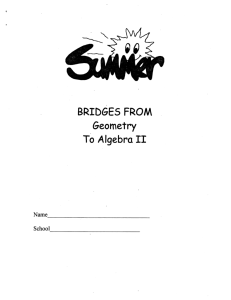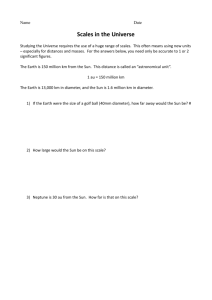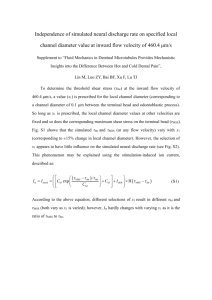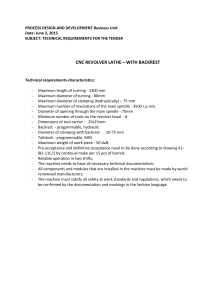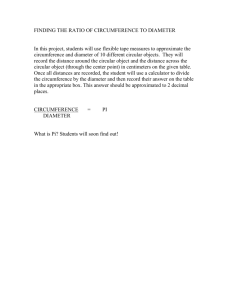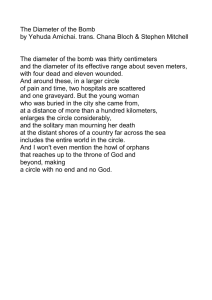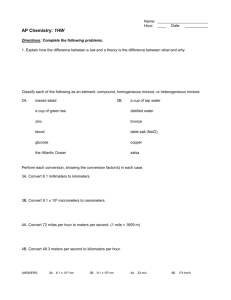6. How Small Lesson Plan
advertisement
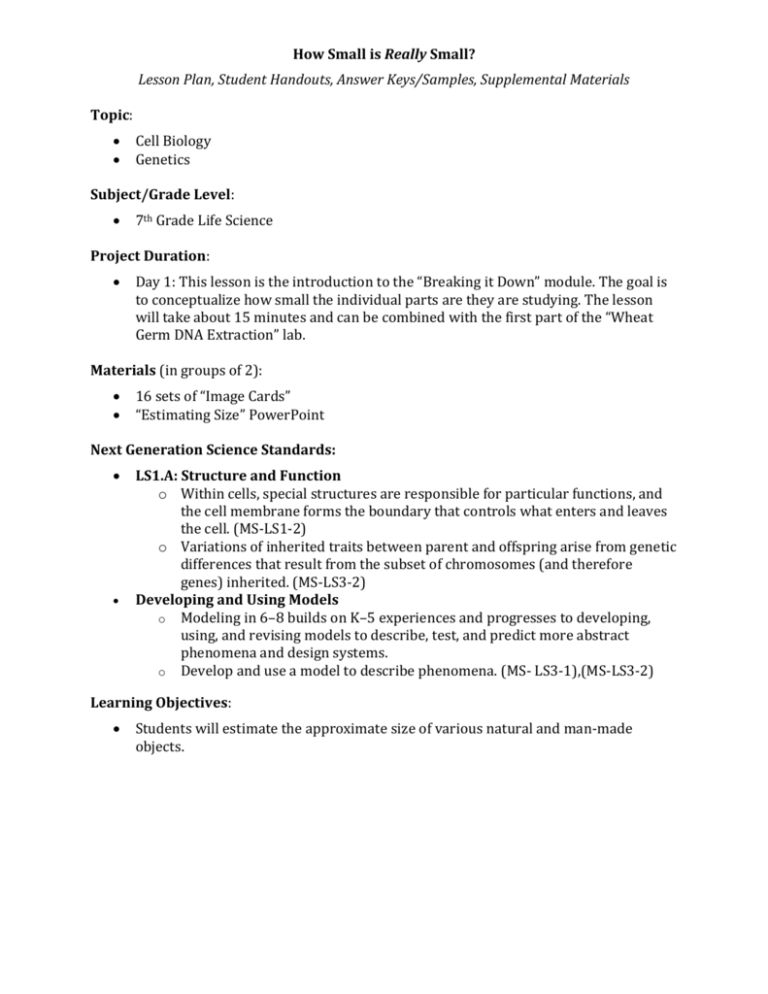
How Small is Really Small? Lesson Plan, Student Handouts, Answer Keys/Samples, Supplemental Materials Topic: Cell Biology Genetics Subject/Grade Level: 7th Grade Life Science Project Duration: Day 1: This lesson is the introduction to the “Breaking it Down” module. The goal is to conceptualize how small the individual parts are they are studying. The lesson will take about 15 minutes and can be combined with the first part of the “Wheat Germ DNA Extraction” lab. Materials (in groups of 2): 16 sets of “Image Cards” “Estimating Size” PowerPoint Next Generation Science Standards: LS1.A: Structure and Function o Within cells, special structures are responsible for particular functions, and the cell membrane forms the boundary that controls what enters and leaves the cell. (MS-LS1-2) o Variations of inherited traits between parent and offspring arise from genetic differences that result from the subset of chromosomes (and therefore genes) inherited. (MS-LS3-2) Developing and Using Models o Modeling in 6–8 builds on K–5 experiences and progresses to developing, using, and revising models to describe, test, and predict more abstract phenomena and design systems. o Develop and use a model to describe phenomena. (MS- LS3-1),(MS-LS3-2) Learning Objectives: Students will estimate the approximate size of various natural and man-made objects. Background Information: 1 Items listed from LARGEST smallest Head of a pin or a period (.) 1,000,000 nm 2 Diameter of an average human hair 80,000 -100,000 nm 3 Diameter of a red blood cell 8,000 nm 4 Length of E. coli bacterium 2,500 nm 5 Length of a mitochondrion 2,000 nm 6 Lysosome 1,000 nm 7 Diameter of a virus 100 nm 8 Diameter of the DNA double helix 2.5 nm 9 Water molecule 0.1 nm 10 Diameter of an electron < 10-18 nm Additional resources: o Cell Size and Scale: http://learn.genetics.utah.edu/content/cells/scale/ o Zooming Into DNA: http://genetics.thetech.org/online-exhibits/zooming-dna o The Scale of the Universe 2: http://htwins.net/scale2/ Instructional Design: Review the most common units used in the metric system, and introduce the micrometer and nanometer. It might be helpful to give some analogies: o If the diameter of a marble was one nanometer, then diameter of the Earth would be about one meter o One nanometer is about as long as your fingernail grows in one second o A sheet of paper is about 100,000 nanometers thick Hand out a set of “Image Cards” to each desk and ask them to arrange them from largest to smallest. This should take less than 5 minutes. After they have arranged them to the best of their knowledge, have them write down their list. During this time you can remind them of lessons you have already done in class and vocabulary that might help them clarify their predictions. Start the PowerPoint to review the correct sequence. Students should correct their answers and record their size as you go through the PowerPoint. After viewing the PPT and discussing the relative size of the main components of this unit, you can view the additional resources listed above. They are both similar types of animations that illustrate many more than the 10 items I have included. Have them answer the “Synthesis” questions at the end. Assessment: Students will be assessed on the following pieces: Completion of the prediction and actual size and sequence of items.




